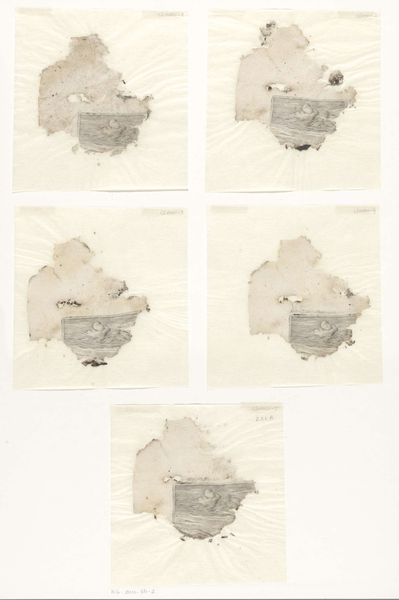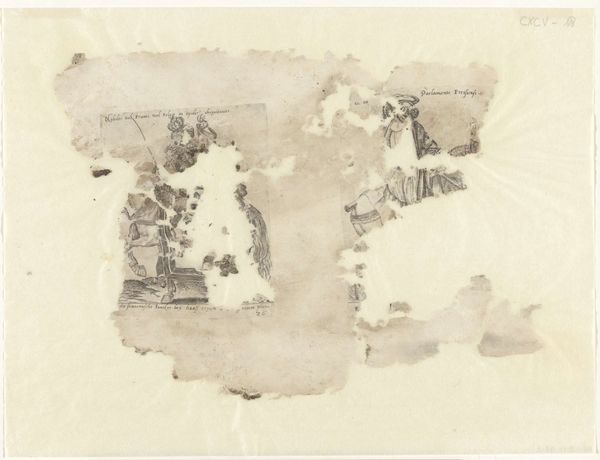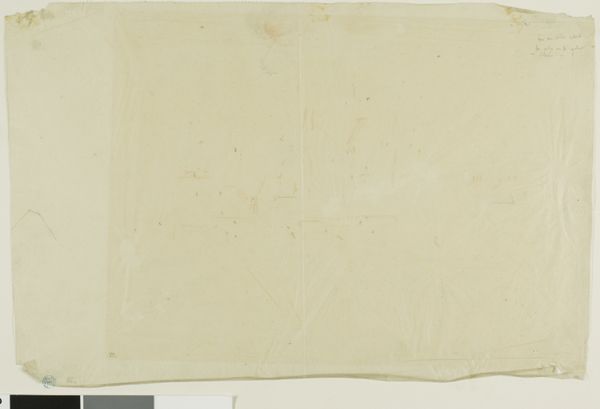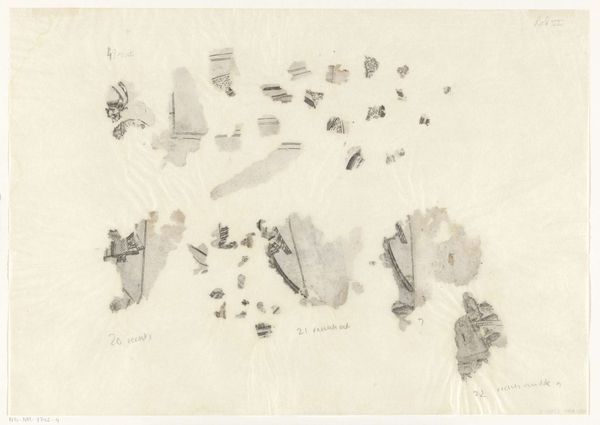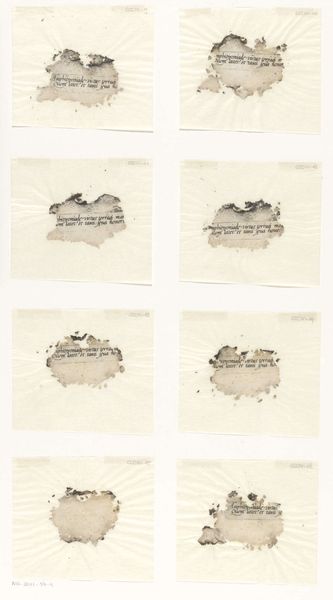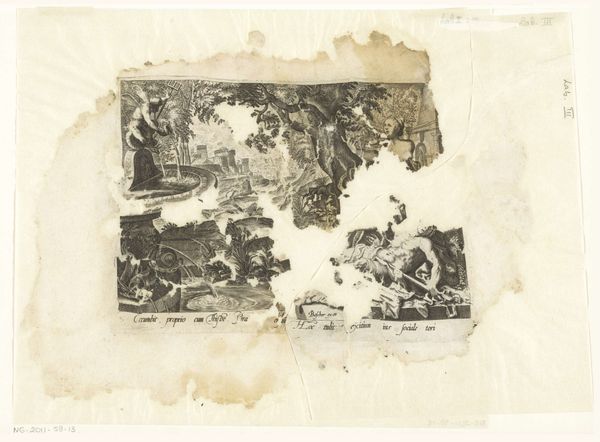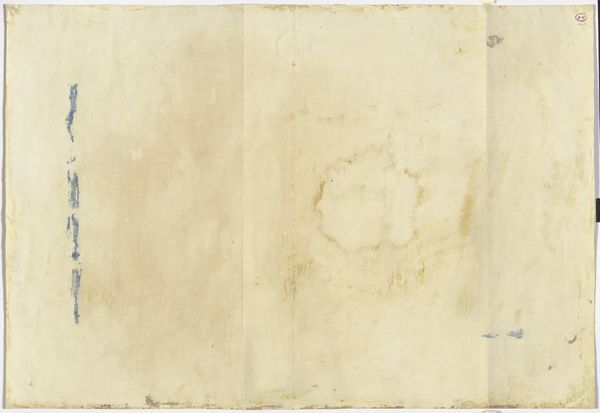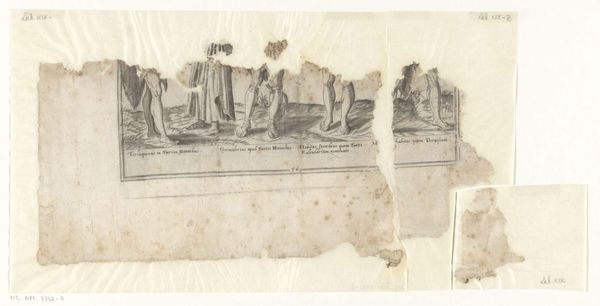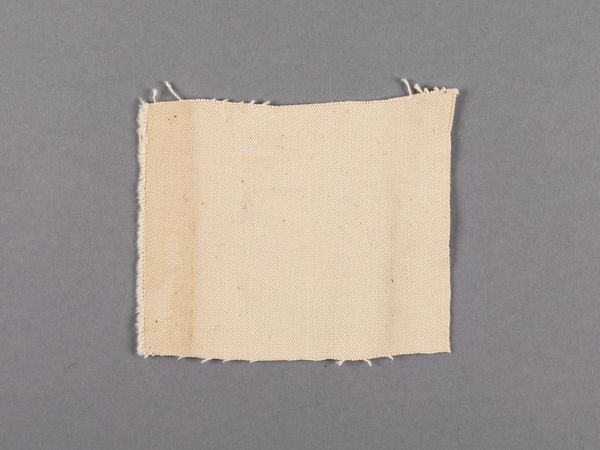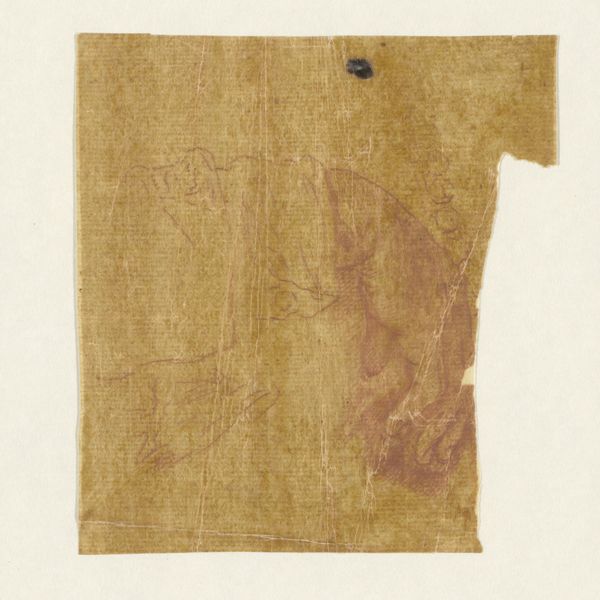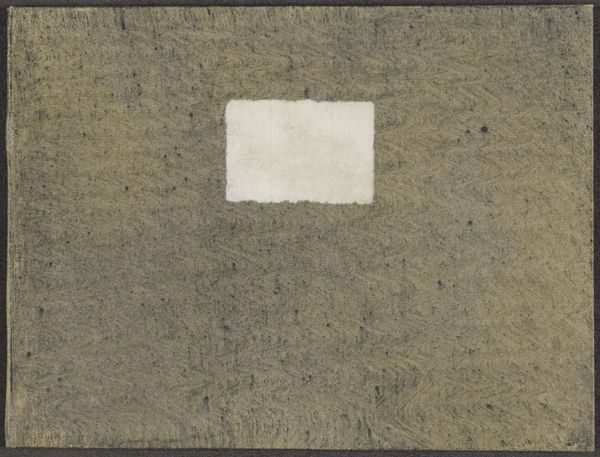
print, engraving
# print
#
figuration
#
history-painting
#
italian-renaissance
#
engraving
Dimensions: height 166 mm, width 116 mm
Copyright: Rijks Museum: Open Domain
This sheet of paper presents us with fragments of prints, depicting scenes from the life of the mythical hero Hercules, made by an anonymous artist. Look closely, and you’ll notice the irregular edges of each fragment. These aren’t clean cuts, but rather torn and burned remnants. What story do these damaged edges tell? Were these prints discarded due to flaws, or were they deliberately destroyed? Engraving, the process used to create these images, was labor-intensive, requiring skilled artisans to meticulously carve lines into metal plates. Prints, like these, made accessible stories, knowledge, and art to a broader audience. Consider the social context in which these images were created and consumed. Were they part of a larger narrative, perhaps intended for educational purposes, or mere decorative elements? The act of reproduction itself democratized art, challenging traditional notions of originality and authorship. Despite their fragmentary state, these prints offer glimpses into a world of craftsmanship, storytelling, and social exchange. They remind us that even in destruction, meaning persists, inviting us to reimagine the past through the lens of materials and making.
Comments
No comments
Be the first to comment and join the conversation on the ultimate creative platform.
